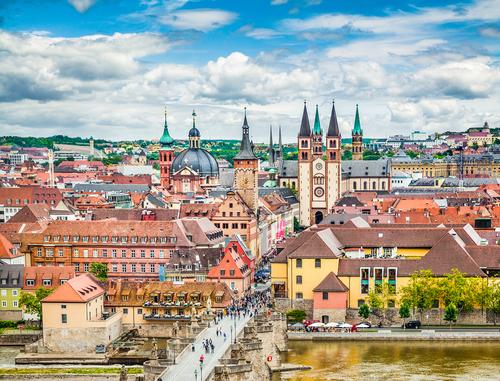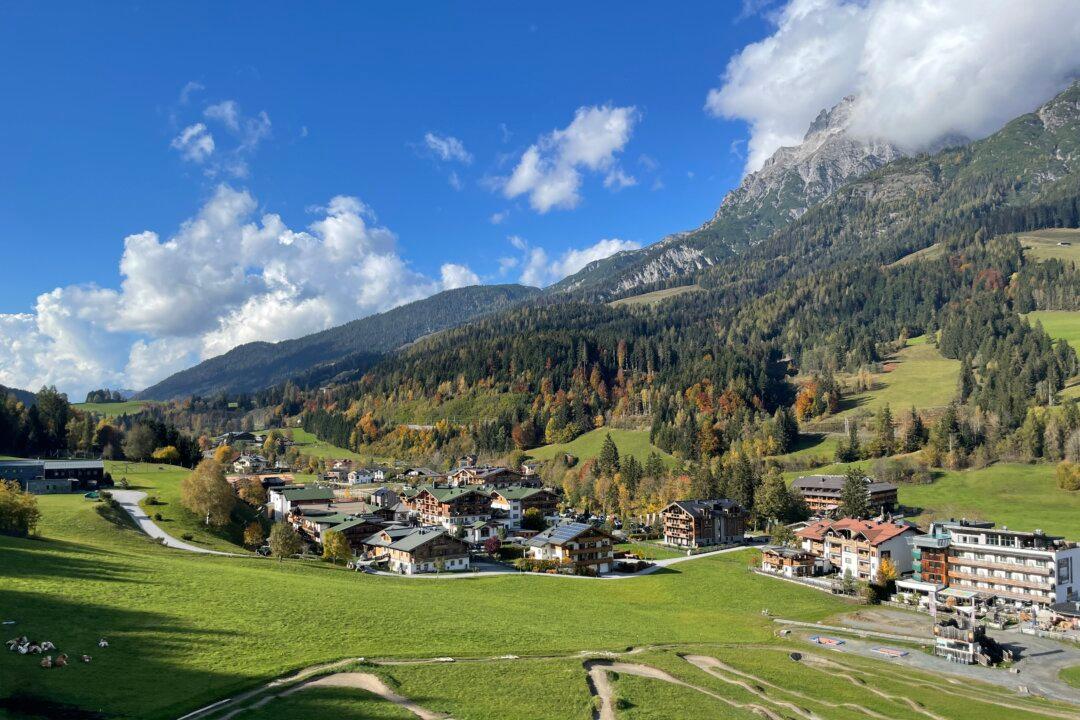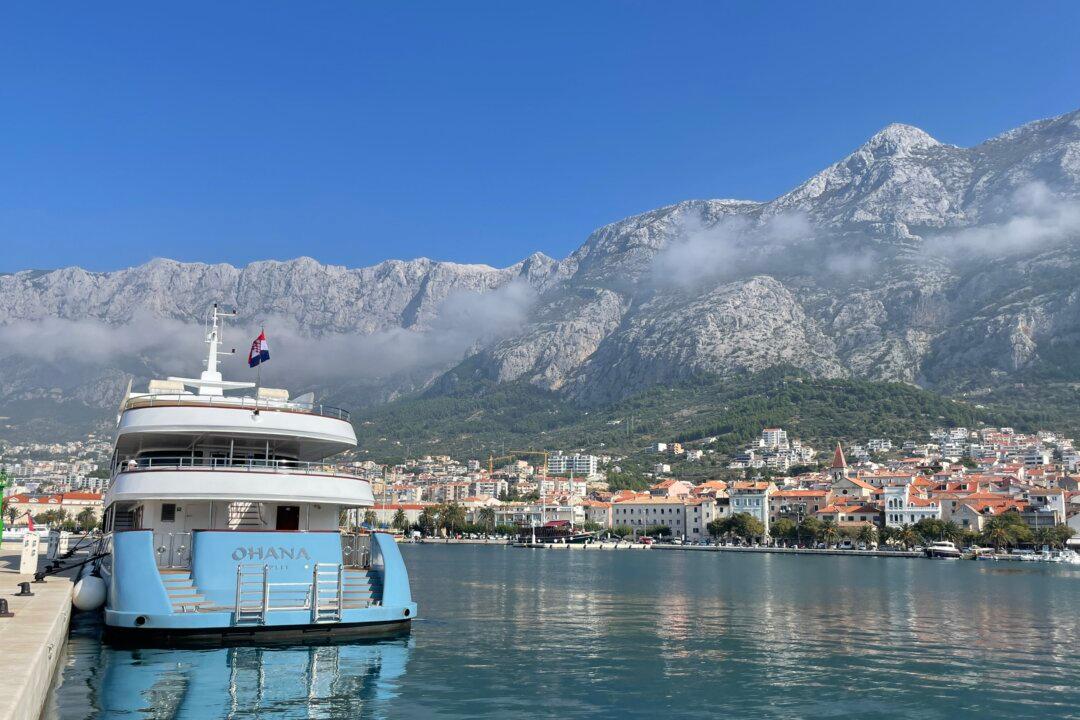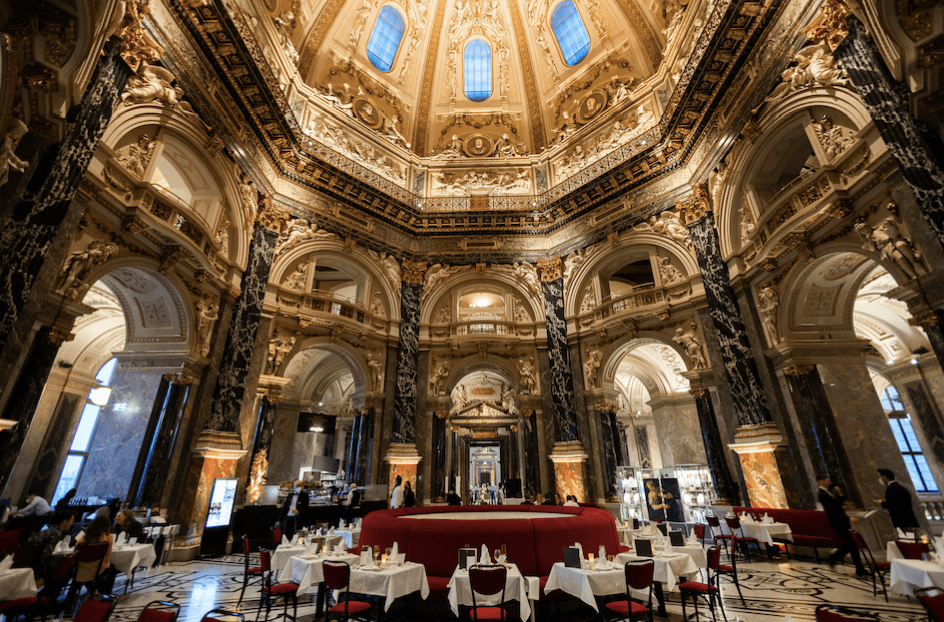WÜRZBURG, Germany—It’s dark here in the cellars, but tall candles mounted on huge wine casks light our path. We’re deep in the Staatlicher Hofkeller, the cellars of the Bavarian state winery below Würzburg Residenz Castle, a World Heritage Site in Franconia.
While Germany may be known for its beer, in this region of Bavaria, wine heritage runs deep. Wine has been cultivated in Franconia for more than a thousand years, and vineyards cover the hills and countryside. Winemaking families here have honed their craft for centuries and can still be found in the region’s medieval villages.
Franconia’s obvious treasure is its white wine, which dominates the region. The most popular local favorite is Silvaner, a fruity wine that is perfect on a warm, summer day. Wine is bottled in the Bocksbeutel, a short round bottle that is uniquely Franconian.
What Is Franconia?
You won’t find Franconia on a map, and there is no political unit called Franconia. Instead, it’s a cultural identity that reaches back to the day when Germany was many tribes. The Franken were a tribe that eventually became a separate duchy of the Holy Roman Empire.
Today, Franconia is part of the German state of Bavaria. Yet its unique heritage is still evident in its dialect, culture, and traditions. Ask almost any Franconian and he or she will tell you, with a smile, that they are Franconian first, and Bavarian second.
In other parts of Germany, locals go to the beer garden for relaxation. Here in Franconia, folks head to the wine cellar. It only seems fitting then, to be sitting in the cellars of a beautiful castle drinking Silvaner. The Staatlicher Hoffkeller Würzburg has been making wine since 1128, making it one of the oldest wineries in the world. With a wine heritage like that, you can bet they know what they’re doing.





